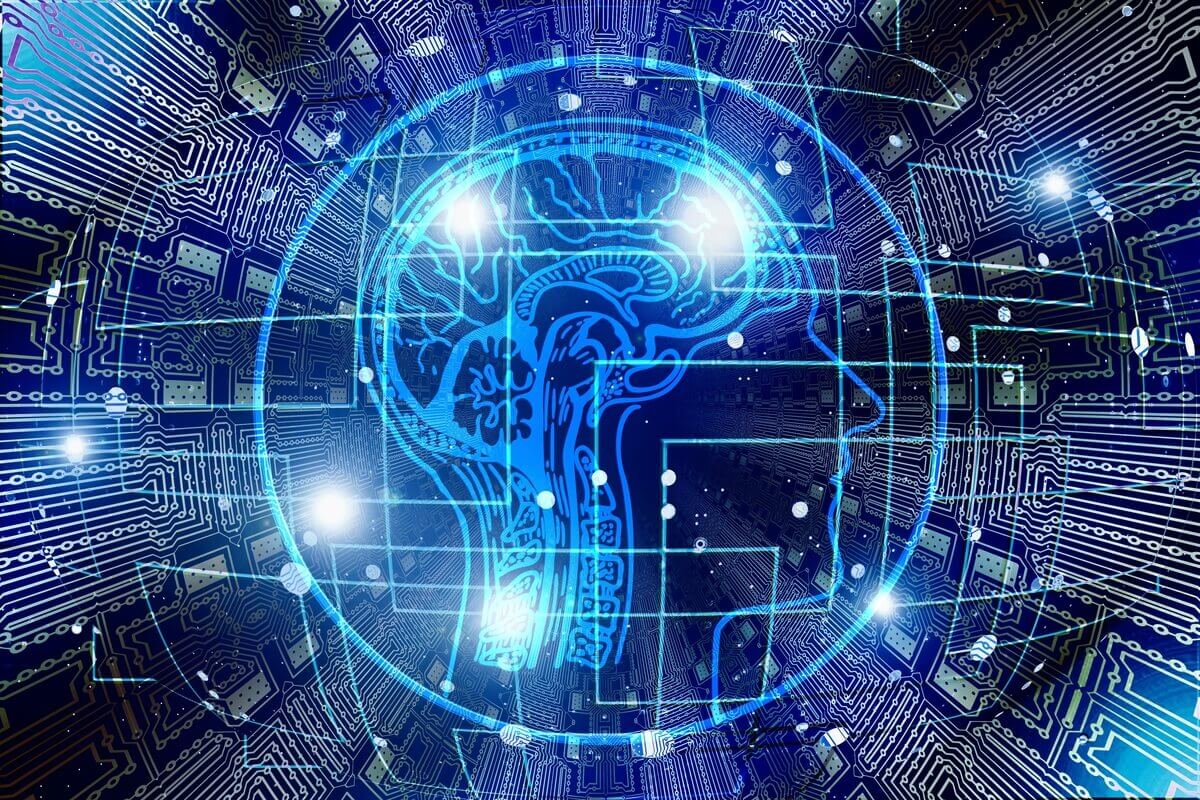In today’s digital age, the boundaries between human creativity and artificial intelligence (AI) are blurring. One fascinating aspect of AI is generative AI, a technology that enables machines to create original content such as art, music, and even human-like text. But what exactly is generative AI, and how does it work? Let’s delve into the intricacies of this groundbreaking technology.
Often referred to as creative AI or synthetic intelligence, generative AI encapsulates a diverse array of algorithms and models designed to autonomously produce original content across various mediums. From generating art and music to crafting compelling narratives and even mimicking human speech, these marvels of technology are reshaping our understanding of creativity and innovation. But what exactly drives the seemingly boundless potential of these generative systems?
Understanding Generative AI:
Generative AI, a subset of artificial intelligence (AI), focuses on the creation of new content autonomously. Unlike traditional AI systems that rely on pre-programmed rules and algorithms to perform specific tasks, generative AI employs advanced models capable of generating original outputs across various domains, including text, images, music, and more. At the core of generative AI are sophisticated algorithms known as generative models, which learn patterns and structures from large datasets to produce novel content. These models operate on probabilistic frameworks, enabling them to generate diverse and realistic outputs that mimic human creativity. Key techniques within generative AI include Generative Adversarial Networks (GANs), Variational Autoencoders (VAEs), and autoregressive models, each offering unique approaches to content generation. Generative AI has witnessed significant advancements in recent years, revolutionizing industries such as art, entertainment, and healthcare, while also raising important ethical considerations regarding the authenticity and potential misuse of generated content.
How Does Generative AI Work?
Generative AI relies on a type of algorithm called a generative model. These models are trained on large datasets containing examples of the type of content they’re designed to generate. For instance, a generative AI model trained on images might analyze thousands of pictures to learn patterns, colors, and shapes.
Once trained, the generative model can generate new content by extrapolating from what it has learned. This process involves the model making predictions based on its understanding of the underlying patterns in the data. It’s akin to an artist who, after studying countless paintings, can create a new masterpiece inspired by what they’ve seen.
Types of Generative AI:
- Text Generation: Generative AI can produce human-like text, ranging from short stories to entire articles. By analyzing vast amounts of text data, these models learn to mimic the style and tone of the input text, generating coherent and contextually relevant passages.
- Image Generation: Generative AI can create realistic images from scratch or modify existing ones. These models can generate anything from landscapes to portraits, often producing visually stunning results that blur the line between real and artificial.
- Music Generation: Generative AI is also capable of composing original music. By learning from existing musical compositions, these models can generate melodies, harmonies, and even entire songs that evoke a wide range of emotions.
- Voice Generation: Another application of generative AI is voice synthesis, where machines can generate human-like speech. These models analyze recordings of human speech to learn the nuances of language and vocal expression, enabling them to produce natural-sounding speech.
Generative Artificial Intelligence (AI) is a subset of machine learning where the primary objective is to generate new data instances that resemble the training data. Unlike discriminative models that focus on classification or regression tasks, generative models aim to capture the underlying distribution of the training data and generate new samples from it. Understanding the mechanics behind generative AI requires delving into various algorithms and techniques employed to achieve this objective.
Generative Models: At the heart of generative AI lie generative models, which are mathematical representations of the data distribution. These models learn to generate new samples by capturing the patterns and dependencies present in the training data. There are several types of generative models, including:
- Autoencoders: Autoencoders are neural network architectures composed of an encoder and a decoder. The encoder compresses the input data into a lower-dimensional latent space, while the decoder reconstructs the original data from this latent representation. Variational autoencoders (VAEs) introduce probabilistic elements to the latent space, allowing for the generation of diverse samples.
- Generative Adversarial Networks (GANs): GANs consist of two neural networks, a generator and a discriminator, engaged in a competitive game. The generator generates fake samples, while the discriminator tries to distinguish between real and fake samples. Through adversarial training, both networks improve iteratively, leading to the generation of increasingly realistic samples.
- Variational Inference Models: Variational inference models, such as Variational Autoencoders (VAEs), approximate the true data distribution by learning a probabilistic latent space. These models optimize a variational lower bound on the data likelihood, enabling the generation of new samples by sampling from the learned latent space.
Training Generative Models:
Training generative models involves optimizing the model parameters to minimize a chosen objective function, typically a measure of the discrepancy between the generated samples and the true data distribution. This optimization process often involves techniques such as stochastic gradient descent (SGD) or its variants, which iteratively update the model parameters based on small batches of training data.
In the case of GANs, the training process is characterized by a min-max game, where the generator and discriminator compete against each other. The generator aims to produce samples that are indistinguishable from real data, while the discriminator aims to differentiate between real and fake samples. This adversarial training process leads to the convergence of both networks to a Nash equilibrium, where the generator produces high-quality samples.
Generating New Samples: Once trained, generative models can generate new samples by sampling from the learned latent space or directly generating output data. In the case of autoencoders and VAEs, new samples are generated by sampling from the latent space and decoding the samples into the original data space. For GANs, the generator network directly produces new samples without the need for a latent space.
Challenges and Ethical Considerations:
While generative AI holds tremendous potential, it also poses challenges and ethical considerations. One concern is the potential for misuse, such as generating fake news or creating deepfake videos for malicious purposes. Additionally, there are concerns about bias in the training data, which can lead to the perpetuation of stereotypes and inequalities in the generated content.
Conclusion:
Generative AI represents a remarkable fusion of human creativity and machine intelligence. By harnessing the power of algorithms and big data, generative AI is pushing the boundaries of what machines can create. While there are challenges to address, the potential applications of this technology are vast, ranging from artistic expression to problem-solving in various domains. As generative AI continues to evolve, it will undoubtedly reshape the way we interact with technology and unleash new possibilities for human ingenuity.










